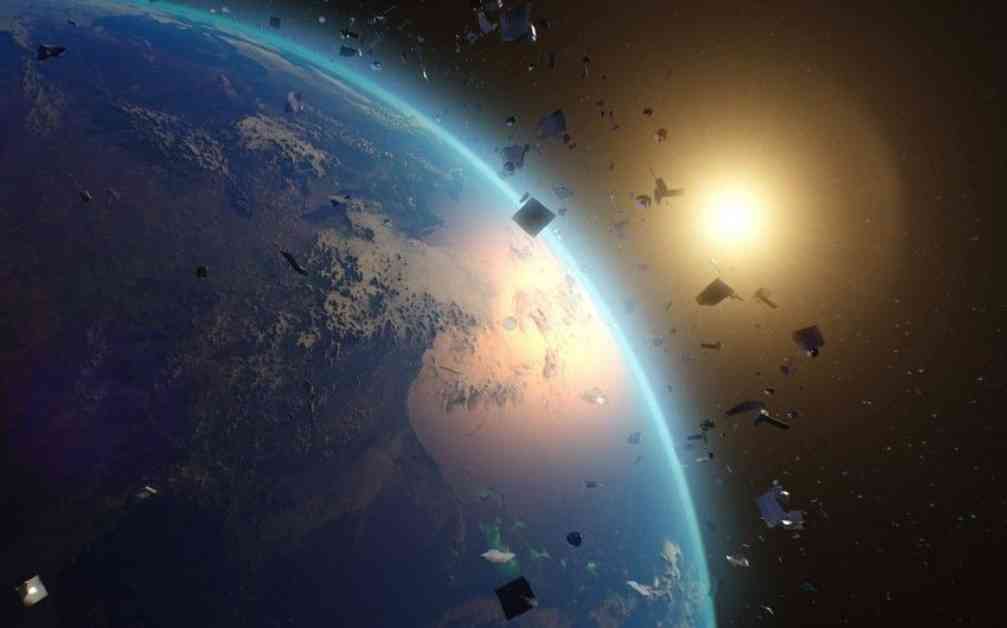Space Debris Threatening Earth’s Ozone Layer
A recent study conducted by American scientists from the University of Southern California has revealed a concerning connection between space debris and the Earth’s ozone layer. The ozone layer is crucial for protecting life on our planet from harmful solar ultraviolet radiation.
The research found that as space debris, such as decommissioned spacecraft, burns up in the Earth’s atmosphere, it releases oxides that contribute to the destruction of the stratospheric ozone. Between 2016 and 2022, the concentration of these harmful oxides increased eightfold. This trend is expected to continue as more satellites are launched into low Earth orbit (LEO).
One of the contributing factors to this issue is the short lifespan of internet communication satellites, which typically only operate for about five years. As more satellites are launched, the amount of debris entering the Earth’s atmosphere also increases. The researchers predict that once currently planned satellite groupings are complete, 912 tons of aluminum will fall to Earth annually, leading to the release of approximately 360 metric tons of aluminum oxides into the atmosphere each year – a staggering 646% increase from natural levels.
The study highlights that out of the 8.1 thousand operational vehicles in low Earth orbit, the majority, around 6 thousand, are Starlink satellites launched by SpaceX in recent years. SpaceX has been granted permission to launch an additional 12 thousand satellites and has plans for a total of 42 thousand new devices in LEO. Other companies, including Amazon, are also looking to establish their own groupings of satellites ranging from 3 thousand to 13 thousand.
These findings underscore the urgent need for action to address the growing issue of space debris and its impact on the Earth’s ozone layer. As more satellites are launched into orbit, measures must be taken to mitigate the environmental consequences and safeguard the health of our planet. The collaboration between governments, space agencies, and private companies will be essential in finding sustainable solutions to this pressing problem.

